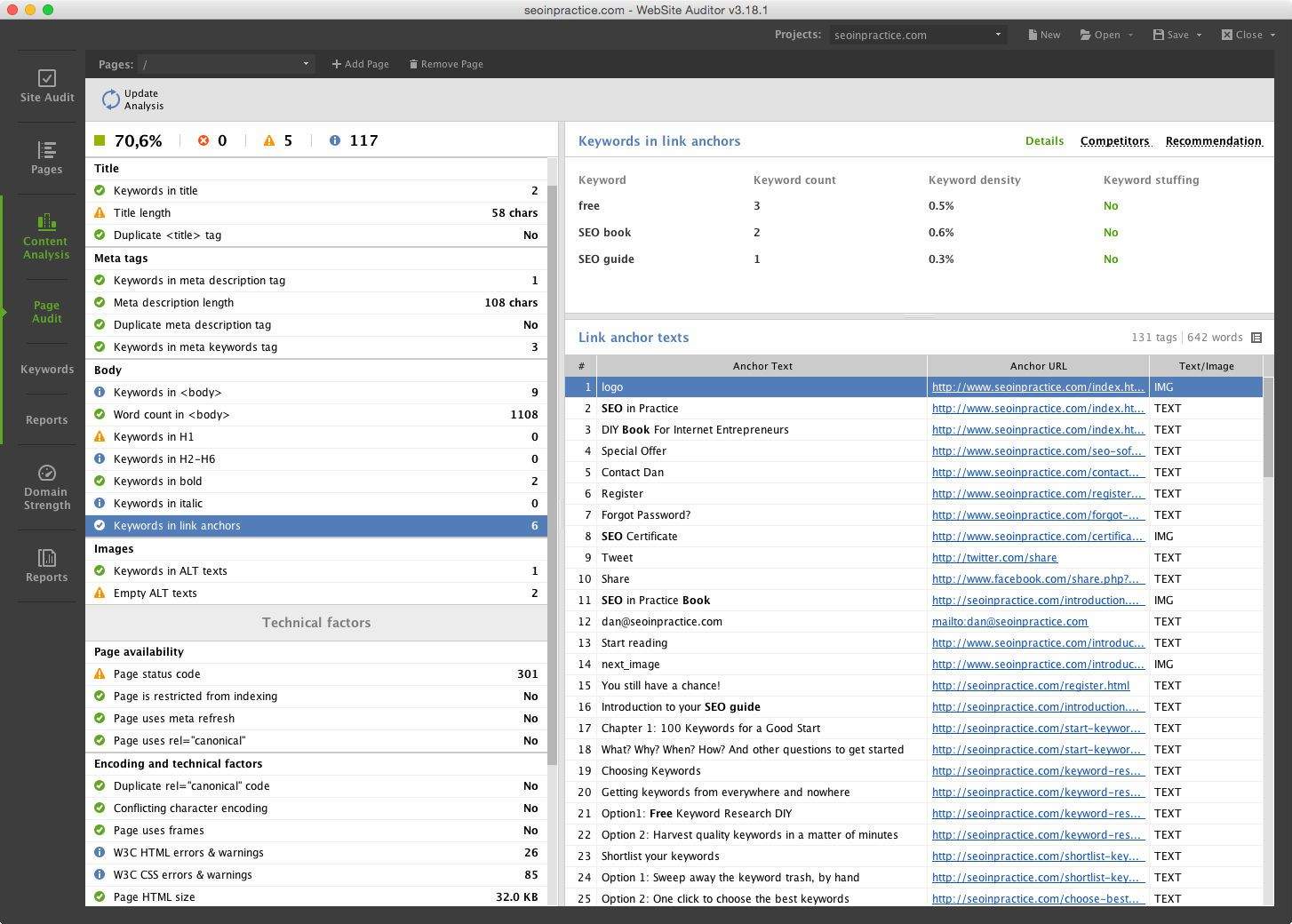

There are times when an emergency fix may need to be released to production quickly, but allowing production engineers or alike the ability to impact production in emergency situations should be audited. This process allows for emergency changes, whereby changes can be approved but without the usual number of reviews for the change. At times, an emergency hotfix can solve the problem immediately, allowing for the appropriate retrospective to be spent on working towards a longer-term solution to the underlying problem.Īt Rewind, we follow a change management process as part of SOC 2 compliance. In many cases, MTTR (Mean time to repair) is more advantageous than MTTR (Mean time to resolve). Having these changes documented as code (rather than manipulating resources in a web console) is preferred.

In some cases, emergency fixes are required to avoid real-world consequences including downtime or the degradation of services. Like many organizations, we are using GitHub to build and deploy our software. This increased rate of deployment can lead to the occasional necessity for an emergency hotfix.
Website auditor github software#
Both of these approaches constitute a leftward shift from the more traditional methodologies of software development. A compliment to this fast-paced deployment practice is continuous auditing. With the increased adoption of continuous deployment, more and more organizations have increased their deployment frequency in order to get their latest products into the hands of their customers as quickly as possible.


 0 kommentar(er)
0 kommentar(er)
